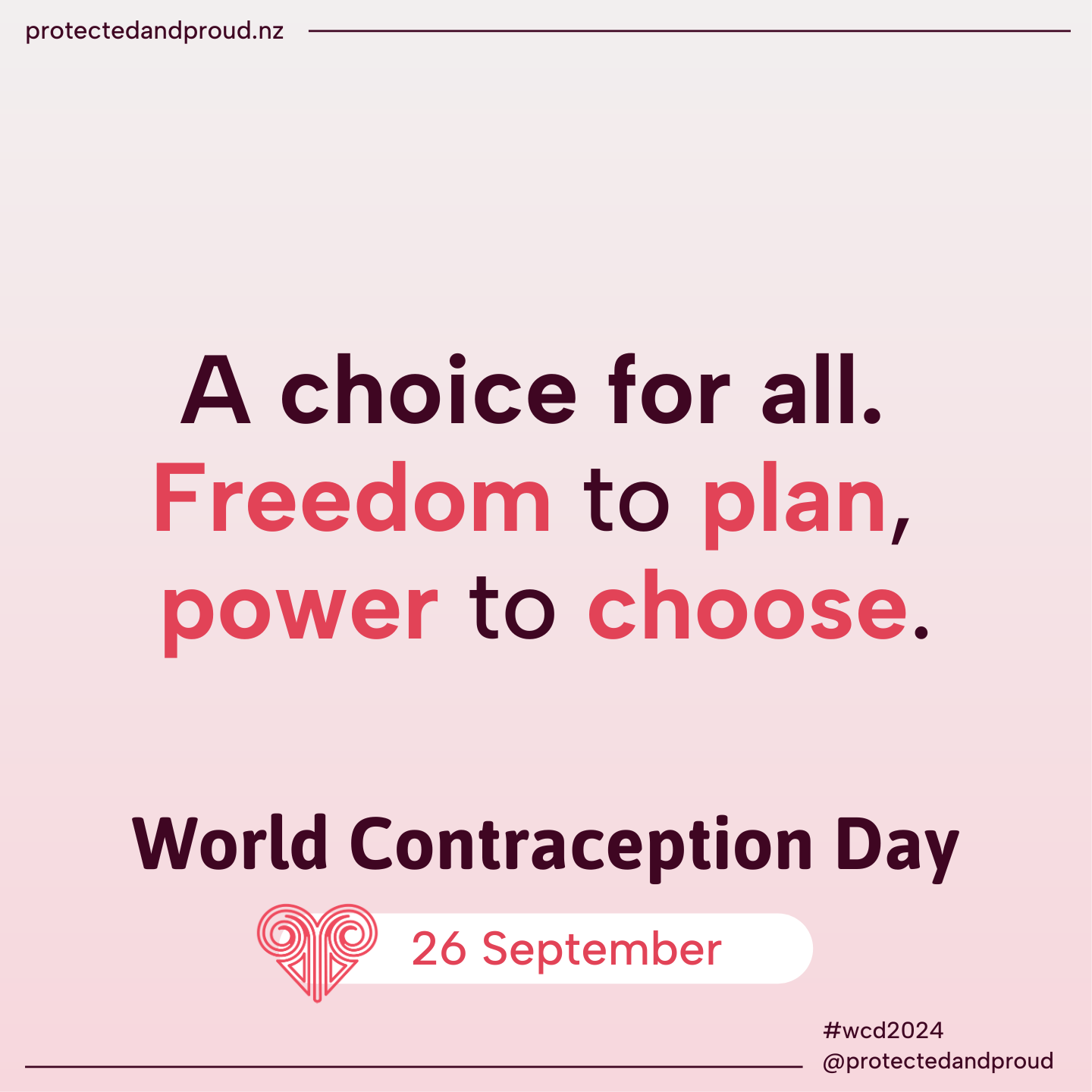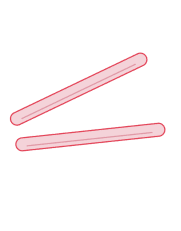A choice for all. Freedom to plan, power to choose.
This year’s theme for World Contraception Day 2024, closely reflects the kaupapa of Protected&Proud and our journey over the last 5 years to improve access to contraception information and a wide range of service providers across Aotearoa New Zealand.
Navigating the world of contraception can be overwhelming. With so many options available, it can also seem daunting. You will have heard different experiences from friends, whānau, on TV or social media about contraception that has worked or not worked for others.
In celebrating World Contraception Day 2024, we wanted to share some tips to help you navigate choosing contraception if you are looking to get contraception for the first time, or looking to make a change to your current contraception.
Contraception Choice
The best contraception for you is the one that suits your own lifestyle, needs, and health. This may not be the same contraception as your best friend, aunty, or favourite celeb. Your own journey can be quite different to others, for example:
Someone may choose the implant (Jadelle) as this is visible on the arm under the skin and you don’t have to panic about forgetting to take your pill. Other’s may find the position of the implant scary or unsightly.
Taking a contraceptive pill a day can allow someone to stop contraception when they want to, or someone else may find taking a pill each day way too difficult.
Someone may want to their period and so they may choose a non-hormonal Copper IUD, or they may wish to stop having a period and choose a hormonal IUD (Jaydess/Mirena).
Getting Started
- Know Your Needs: Think about what you want from contraception.
- Explore Options: Check out our website for information on different methods. Write down the ones that interest you, consider any pros and cons of each option, and any questions you may have.
- Talk to a Health Professional: Find someone you trust to discuss your medical history and preferences. Talk through possible side effects with the health professional to help you make your decision. You may also want to take some time to talk it through with a friend, partner, etc, before you decide.
- Understand Costs: Ask about any costs or if you may be eligible for free or subsidised services.
If the health professional is not trained to provide the contraception you want, such as an IUD or Implant, either ask them where you could find it locally or you can find a list of providers on our interactive map.
Changing Contraception
If your current method isn’t right for you, reach out to your health professional. They can help you understand side effects and consider new options. Your needs might change over time, so it’s okay to reassess your choices.
About World Contraception Day
World Contraception Day takes place every year on 26 September. The internationally recognised day aims to improve awareness of contraception and to enable individuals to make informed choices on their sexual and reproductive health.







